Rising Pet Ownership
The veterinary software market is experiencing growth driven by the increasing number of pet owners in the United States. As pet ownership rates rise, the demand for veterinary services and, consequently, veterinary software solutions is likely to increase. According to recent data, approximately 70% of U.S. households own a pet, which translates to over 90 million pet dogs and 94 million pet cats. This surge in pet ownership necessitates efficient management of veterinary practices, leading to a greater reliance on software solutions for scheduling, billing, and medical records. The veterinary software market is thus positioned to benefit from this trend, as practices seek to enhance their operational efficiency and improve client communication. Furthermore, the growing awareness of pet health and wellness is likely to further stimulate the demand for advanced veterinary software solutions.
Technological Advancements
Technological advancements are significantly influencing the veterinary software market. Innovations in software development, including artificial intelligence (AI) and machine learning, are enhancing the capabilities of veterinary software solutions. These technologies enable practices to automate routine tasks, analyze patient data more effectively, and improve diagnostic accuracy. The veterinary software market is witnessing a shift towards more sophisticated solutions that integrate these technologies, allowing for better patient management and improved client engagement. As practices adopt these advanced tools, the market is expected to grow, with estimates suggesting a compound annual growth rate (CAGR) of around 10% over the next few years. This growth is indicative of the increasing reliance on technology to streamline operations and enhance service delivery in veterinary practices.
Increased Focus on Preventive Care
The veterinary software market is benefiting from a growing emphasis on preventive care within the veterinary field. As pet owners become more aware of the importance of regular check-ups and vaccinations, veterinary practices are increasingly adopting software solutions that facilitate preventive care management. This trend is reflected in the rising demand for appointment scheduling, reminders, and health tracking features within veterinary software. The veterinary software market is adapting to this shift by providing tools that help practices monitor pet health proactively, thereby improving overall patient outcomes. With an estimated 60% of pet owners expressing a preference for preventive care services, the market is likely to see continued growth as practices enhance their offerings to meet this demand.
Regulatory Compliance Requirements
The veterinary software market is also driven by the need for compliance with various regulatory requirements. In the United States, veterinary practices must adhere to strict regulations regarding patient data management, record-keeping, and medication dispensing. Software solutions that facilitate compliance with these regulations are becoming essential for veterinary practices. The veterinary software market is responding to this need by offering solutions that ensure data security, maintain accurate records, and support compliance with the Veterinary Medical Board and other regulatory bodies. As the regulatory landscape continues to evolve, practices are likely to invest in software that not only meets current requirements but also adapts to future changes. This focus on compliance is expected to propel the growth of the veterinary software market, as practices seek to mitigate risks associated with non-compliance.
Integration of Practice Management Solutions
The integration of comprehensive practice management solutions is a key driver for the veterinary software market. Veterinary practices are increasingly seeking all-in-one software solutions that encompass various functionalities, including appointment scheduling, billing, inventory management, and client communication. This trend is indicative of a broader movement towards operational efficiency and streamlined workflows within veterinary practices. The veterinary software market is responding to this demand by developing integrated solutions that reduce the need for multiple software systems, thereby minimizing administrative burdens. As practices recognize the benefits of such integrations, the market is expected to expand, with projections indicating a potential growth rate of 8% annually. This integration trend not only enhances practice efficiency but also improves the overall client experience.



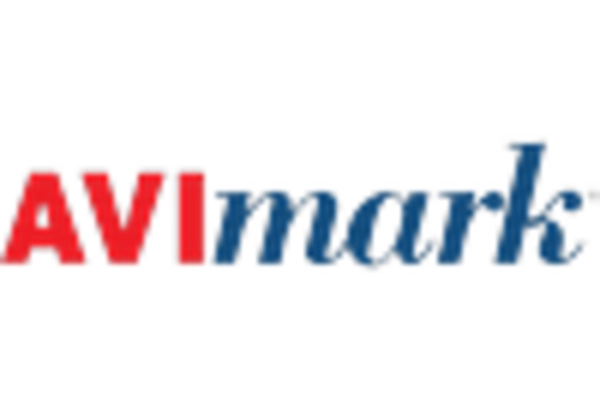
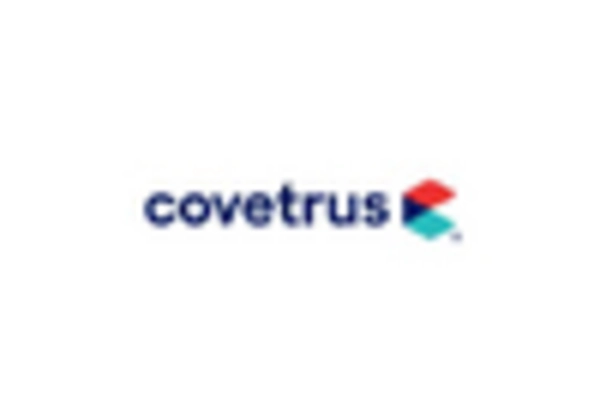
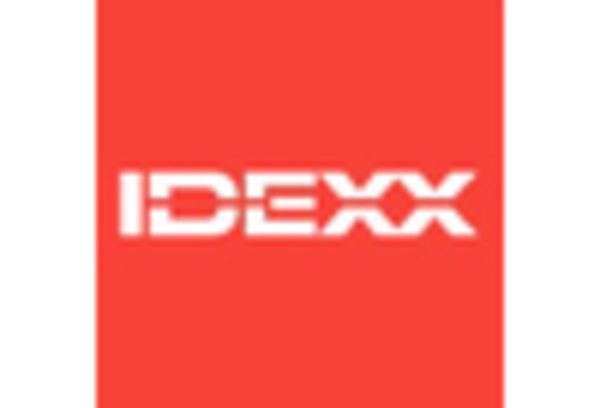
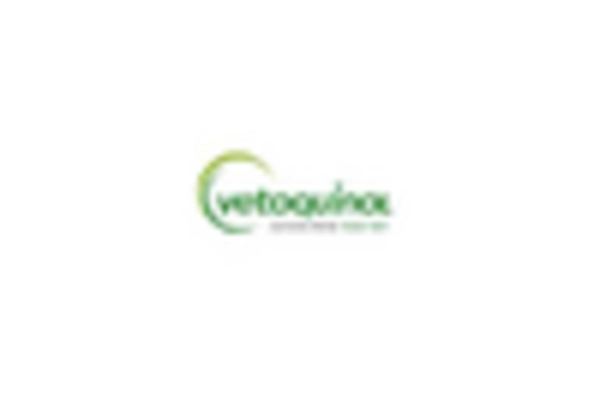
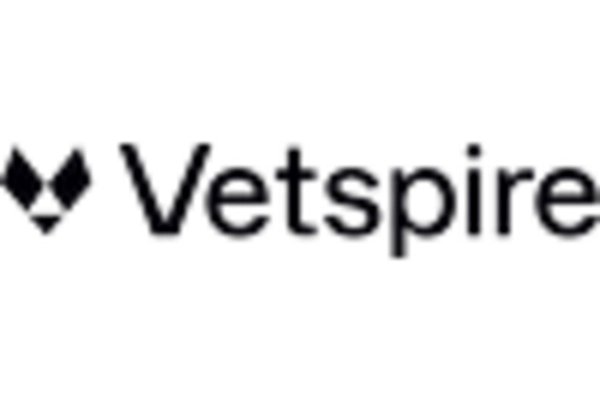
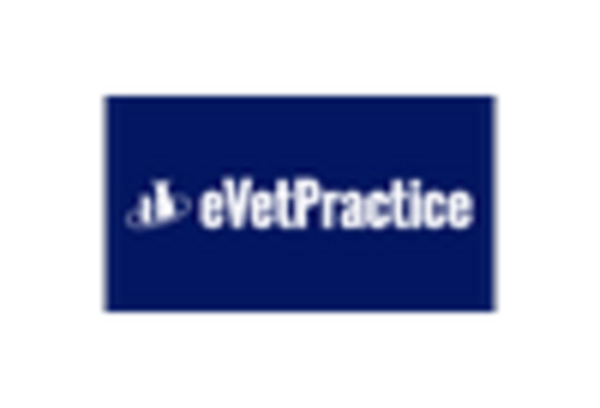








Leave a Comment